Tucked away in Southern Italy, where ancient forests melt into rugged coastlines, you’ll find a wild stretch that belongs to two of Italy’s least-explored regions. I stumbled into this magic last summer, crossing the invisible line between Basilicata and Calabria.
Pollino National Park, Italy’s largest and a UNESCO GeoParks site, acts as a sweeping natural bridge between these southern regions.
I wandered through Basilicata’s quiet hills before dropping down into Calabria’s turquoise-edged shores. Honestly, it felt like I’d uncovered some secret Italy keeps just for those willing to look.
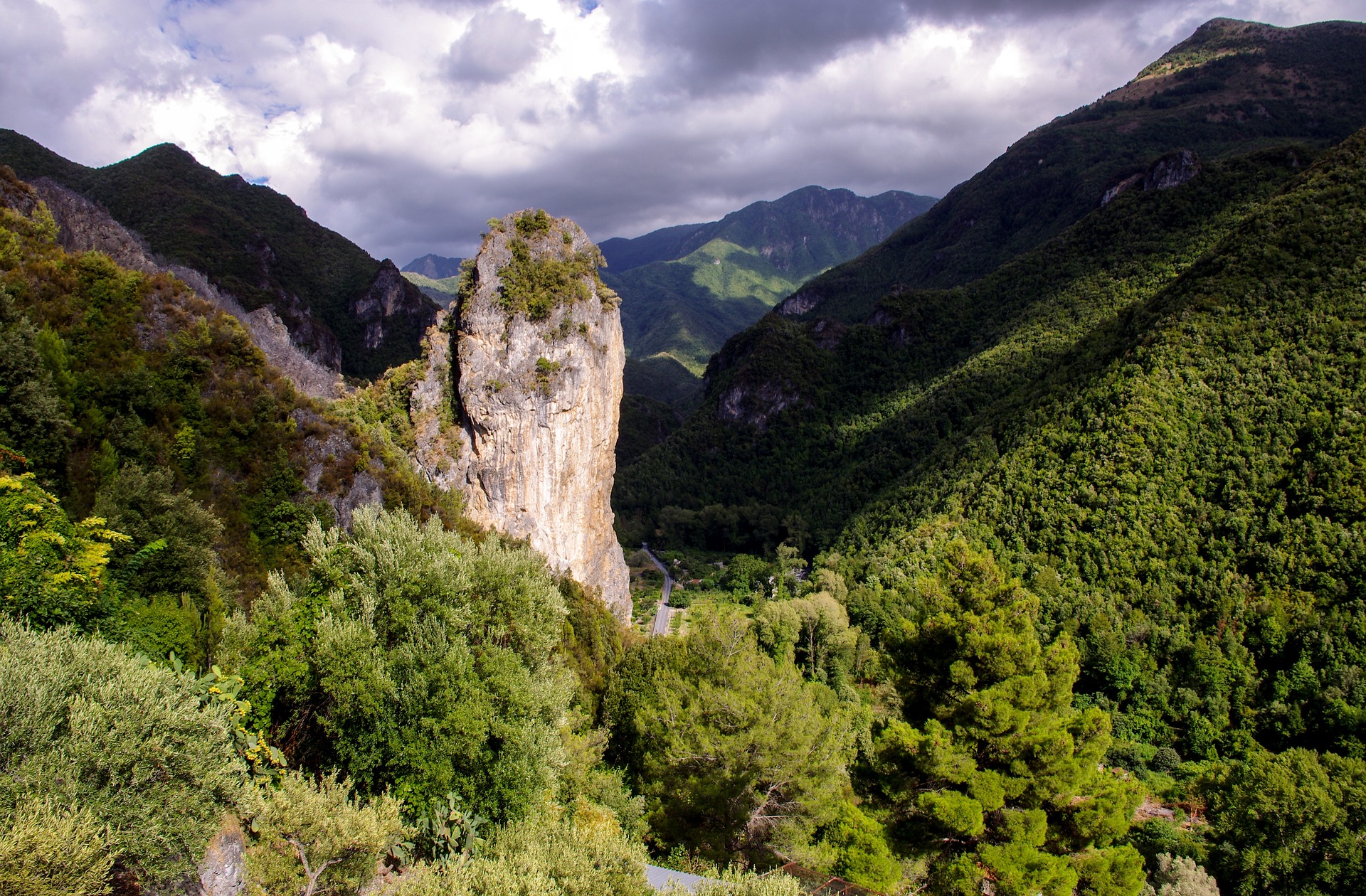
Tourists rarely make it here, since Puglia and Campania get all the attention. But for those who do, there’s authentic Italian culture without the crowds.
I got hooked on how these regions, while neighbors, keep their own identities. Basilicata’s medieval villages seem to cling to the hills, and Calabria stretches out with 500 miles of jaw-dropping coastline.
The shared wilderness between them gives you a glimpse into an Italy that seems barely touched by time or tourism.
People still live here much as they have for centuries.
Geography of the Basilicata-Calabria Wilderness
The wilderness straddling Basilicata and Calabria shows off some of Italy’s most beautiful natural scenery. The Pollino mountain range anchors this landscape, forming a wild border between the two regions.
Where Lucania Meets Calabria
When I first poked around the boundary between Basilicata (once called Lucania) and Calabria, I noticed how naturally one region flows into the other. There’s no fence, no sign—just a gentle shift in the land and the culture.
Pollino National Park sits at the heart of this wild area. It’s not only Italy’s biggest national park, but it also links the regions together.
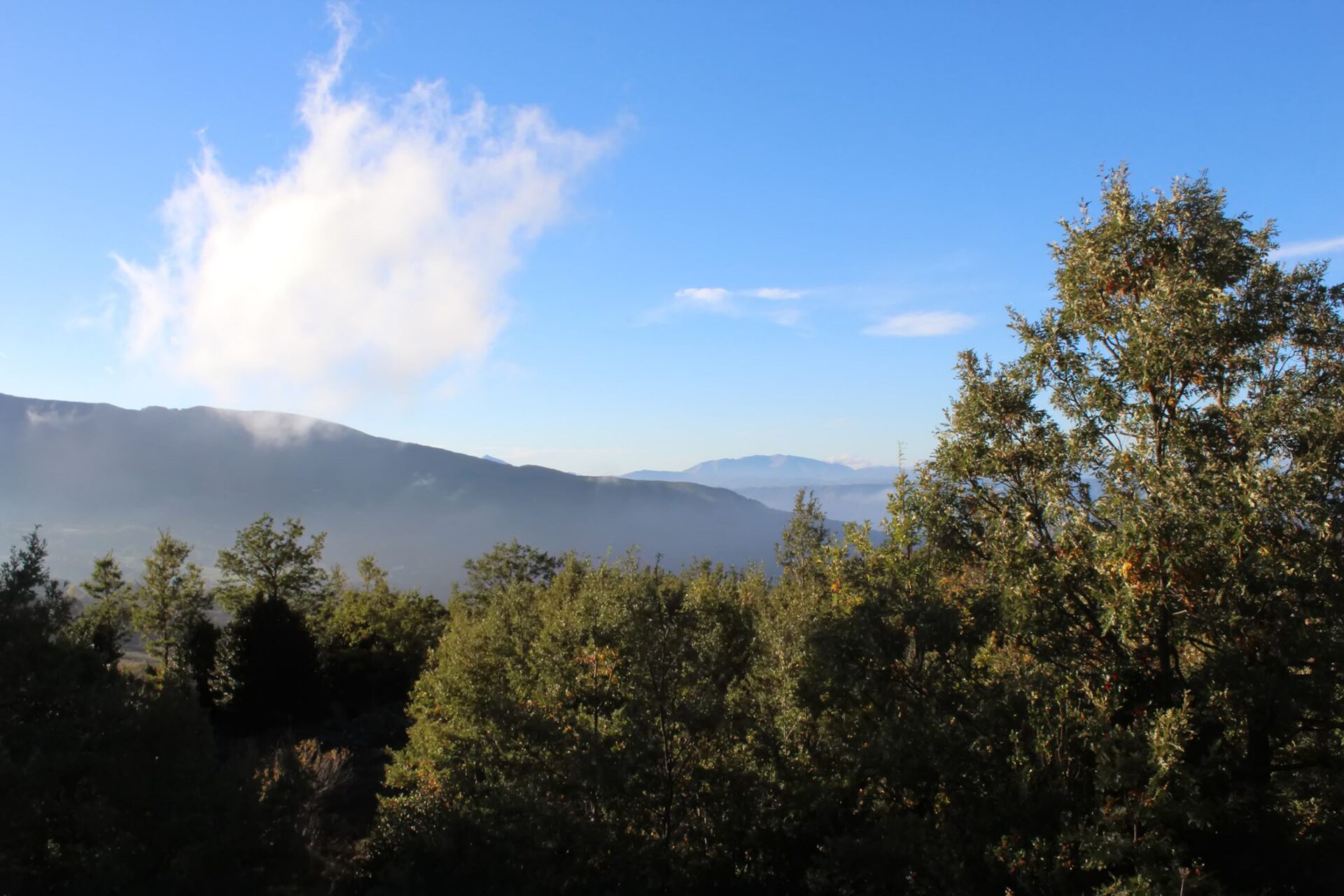
Wandering the trails, I realized how the park protects unique ecosystems that belong to both sides.
Villages near the border often blend traditions from each region. In these remote places, I’ve seen dialects and food merge in ways you just don’t get in the more central parts of Basilicata or Calabria.
Mountain Landscapes: Lucanian Apennines and Beyond
Mountains rule this wilderness. In Basilicata, the Lucanian Apennines create a rugged spine, with forested peaks averaging 1,200 to 1,500 meters.
As the mountains push south into Calabria, they hit their highest points in the Pollino range. I’ve hiked around Monte Pollino and Serra del Dolcedorme, Calabria’s tallest peaks.
The steep elevation changes mean you can see alpine plants and Mediterranean shrubs all in one day.
Hidden valleys slice through the mountains, with rivers carving paths into the limestone. In spring, these valleys explode with wildflowers—honestly, I haven’t seen displays like this anywhere else in Italy.
Up high, ancient Bosnian pines cling to the slopes. Some are over 900 years old. Their twisted shapes, sculpted by wind and time, give the whole place a kind of mystical vibe.
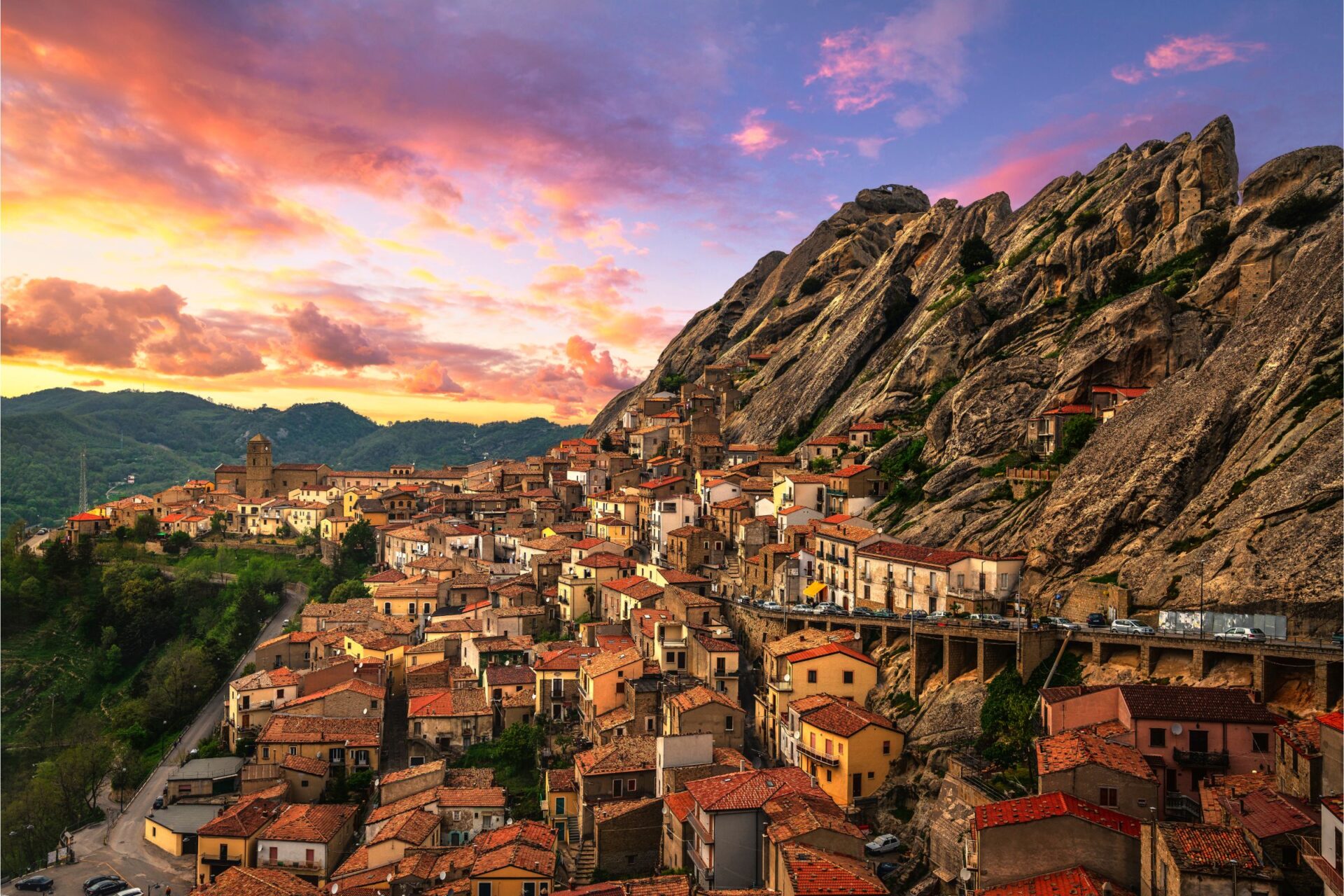
Boundaries: Tyrrhenian Coastlines and the Ionian Coast
Eventually, my wanderings took me out to the coast. Each region touches a different sea, so the coastline changes character fast.
Calabria’s Tyrrhenian coast on the west is all about cliffs and tucked-away coves. Sometimes, pine forests grow almost right down to the water—pretty spectacular, if you ask me.
On the east, the Ionian coast feels softer. Mountains flatten into hills and then coastal plains. I’ve walked beaches where ancient Greek ruins peek out from the sand.
Rivers that start in the mountains wind through valleys before spilling into the sea. Following them, you can actually watch the landscape shift from alpine to Mediterranean.
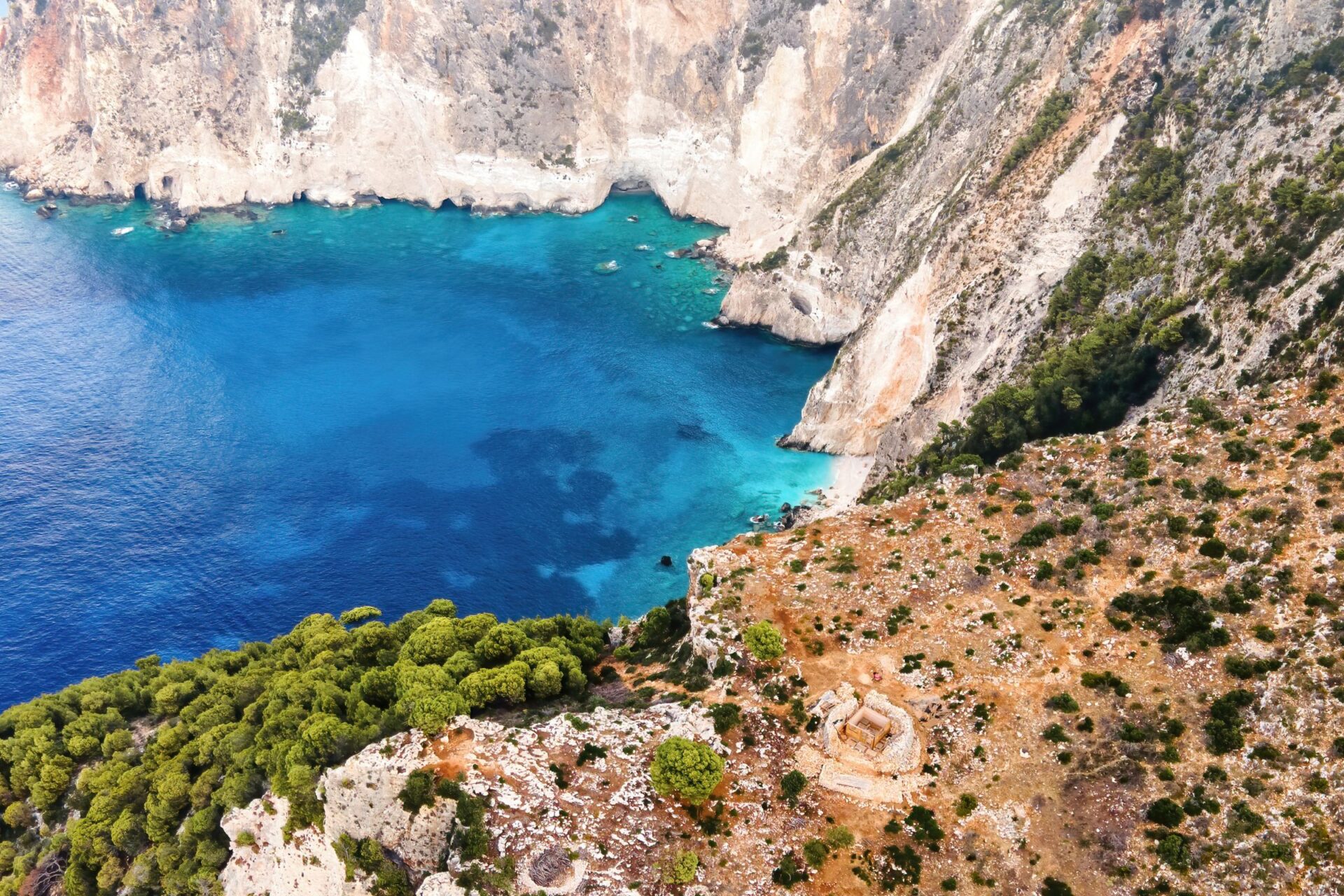
National Parks and Protected Areas Between Regions
The border between Basilicata and Calabria holds some of Italy’s most impressive protected wild spaces. These parks and reserves show off southern Italy’s ecological diversity and help keep old landscapes and traditions alive.
Pollino National Park: The Heart of Wilderness
Pollino National Park blew me away with its size—over 192,000 hectares, spreading across both Calabria and Basilicata. It’s the biggest national park in Italy and even ranks among the world’s 50 largest protected areas.
Established in 1993, the park connects the two regions through wild, shared nature.
What really sticks with me are the ancient loricate pines. These trees have stood for centuries, battered by wind on rocky slopes. Hiking through the park, I felt like they were quietly telling stories of survival.
The landscape here jumps from thick forests to bare peaks. The Pollino and Orsomarso massifs shape the region, offering killer views and some tough trails if you’re up for an adventure.
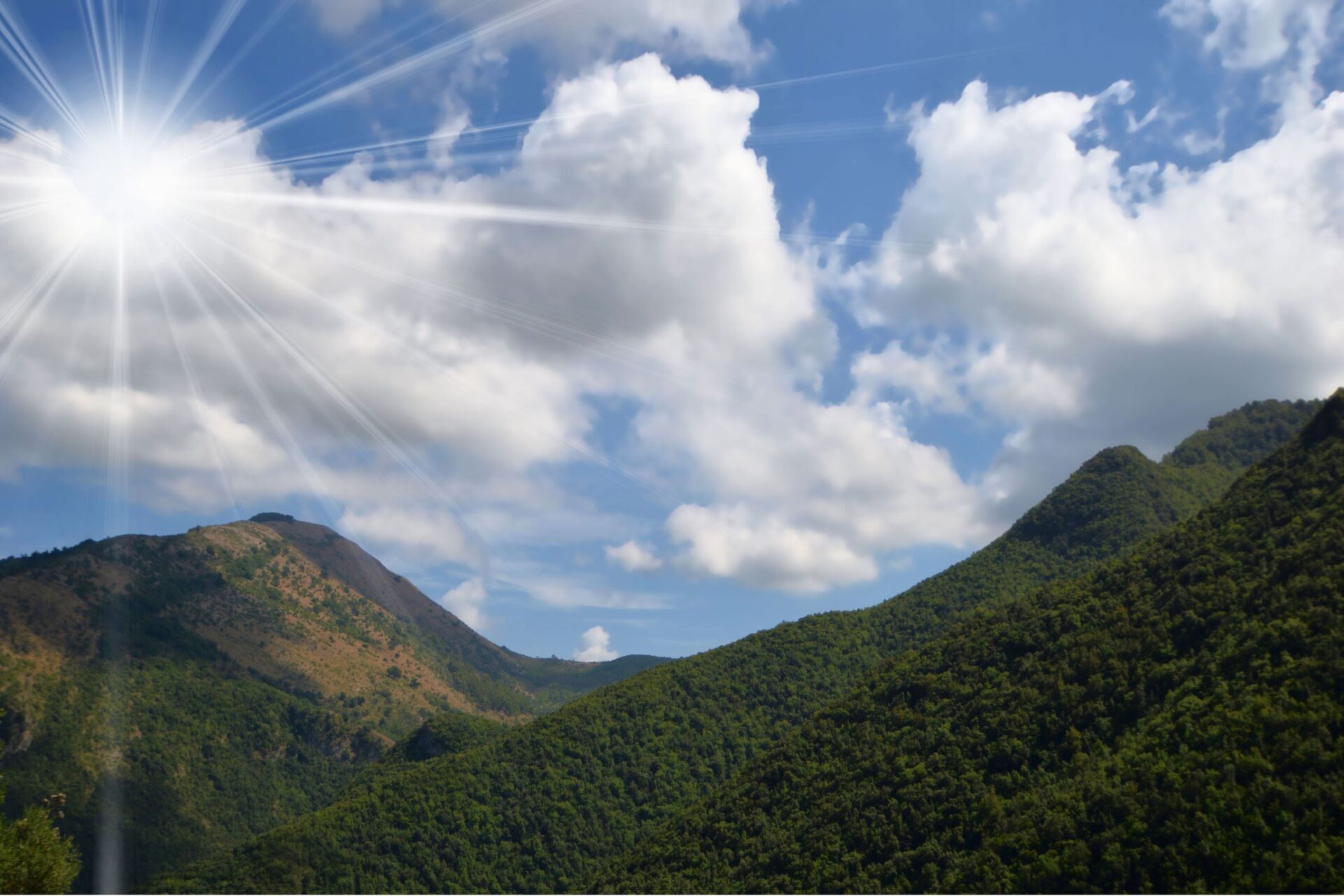
UNESCO World Heritage Sites in the Borderlands
Just north of Pollino, Matera’s “Sassi” blew my mind—ancient cave dwellings carved right into the limestone cliffs. UNESCO recognized them in 1993 for their unique history and prehistoric roots.
The Sassi are among the oldest continuously inhabited places on earth. Walking through those stone alleys, I felt like I’d gone back thousands of years.
Over on the Tyrrhenian coast, Maratea stands out with its dramatic shoreline and clear waters. It’s not a UNESCO site yet, but locals work hard to protect its natural and cultural treasures.
Exploring both areas gave me a better sense of how shared geography shaped similar cultures, even if the political borders say otherwise.
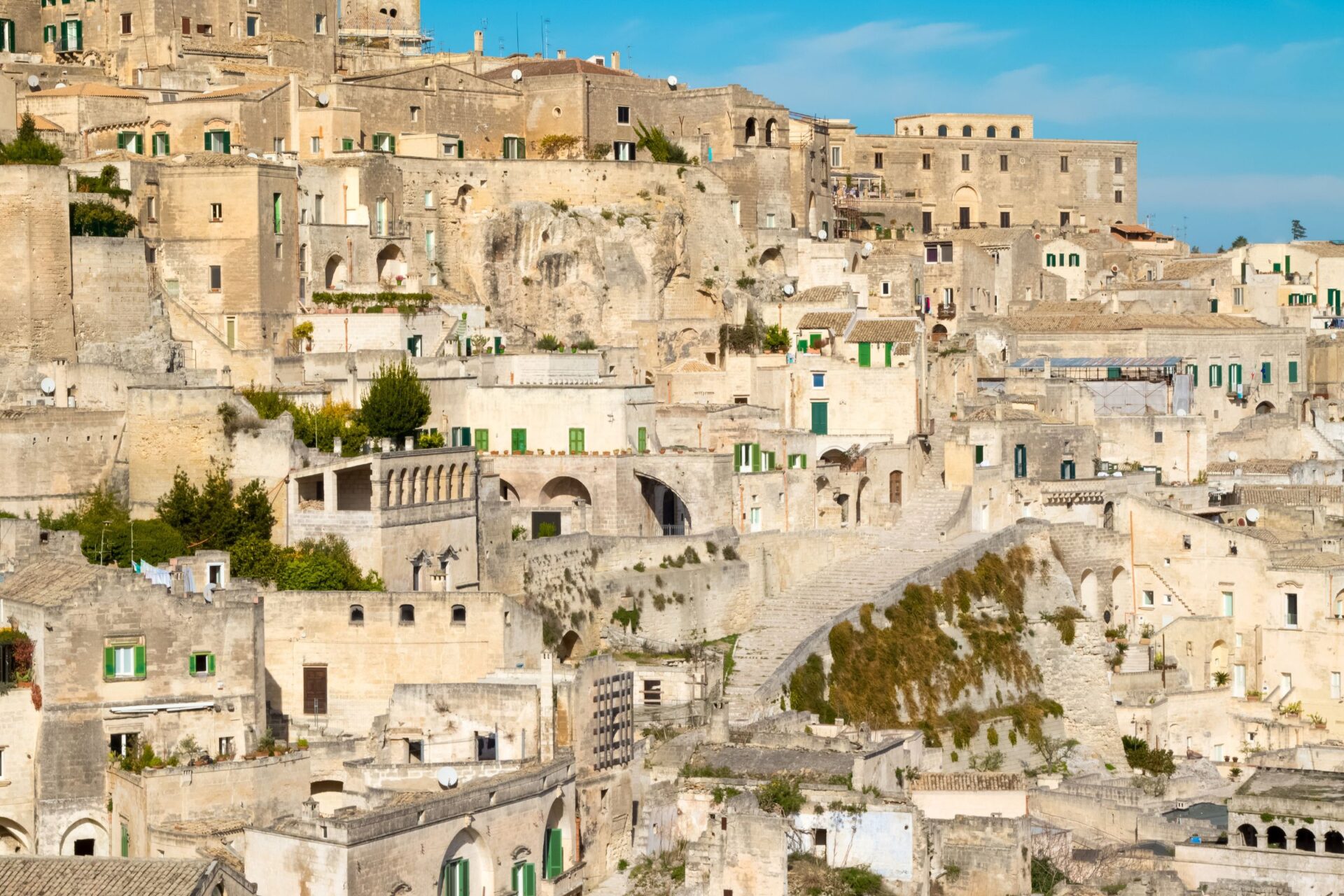
Cultural Heritage and Ancient Roots
The borderlands between Basilicata and Calabria pack centuries of history into their hills and valleys. Ancient tribes, Romans, and medieval settlers all left their mark on this wild land.
Legacy of the Lucani and Early Civilizations
I’ve always been intrigued by the Lucani tribes who ruled here before the Romans. Walking old sites in Basilicata—back when it was Lucania—you can still feel their presence.
The Lucani, tough mountain people, settled here in the 5th century BCE. They left behind pottery, weapons, and tombs. The archaeological museum in Potenza has a great collection if you’re into that stuff.
What really got me was how the Lucani adapted to rough mountain life. They built fortified villages on hilltops, many of which grew into today’s towns.
The Greeks showed up later, founding coastal colonies and trading with the Lucani. Their influence runs deep, especially in local festivals and food.
Influences of Romans on the Region
Exploring Roman ruins around Basilicata and Calabria, I started to see why this period fascinates so many. The Romans changed everything with their roads and cities.
The Via Appia Antica, Rome’s “queen of roads,” cuts through Basilicata. You can still spot sections of it today.
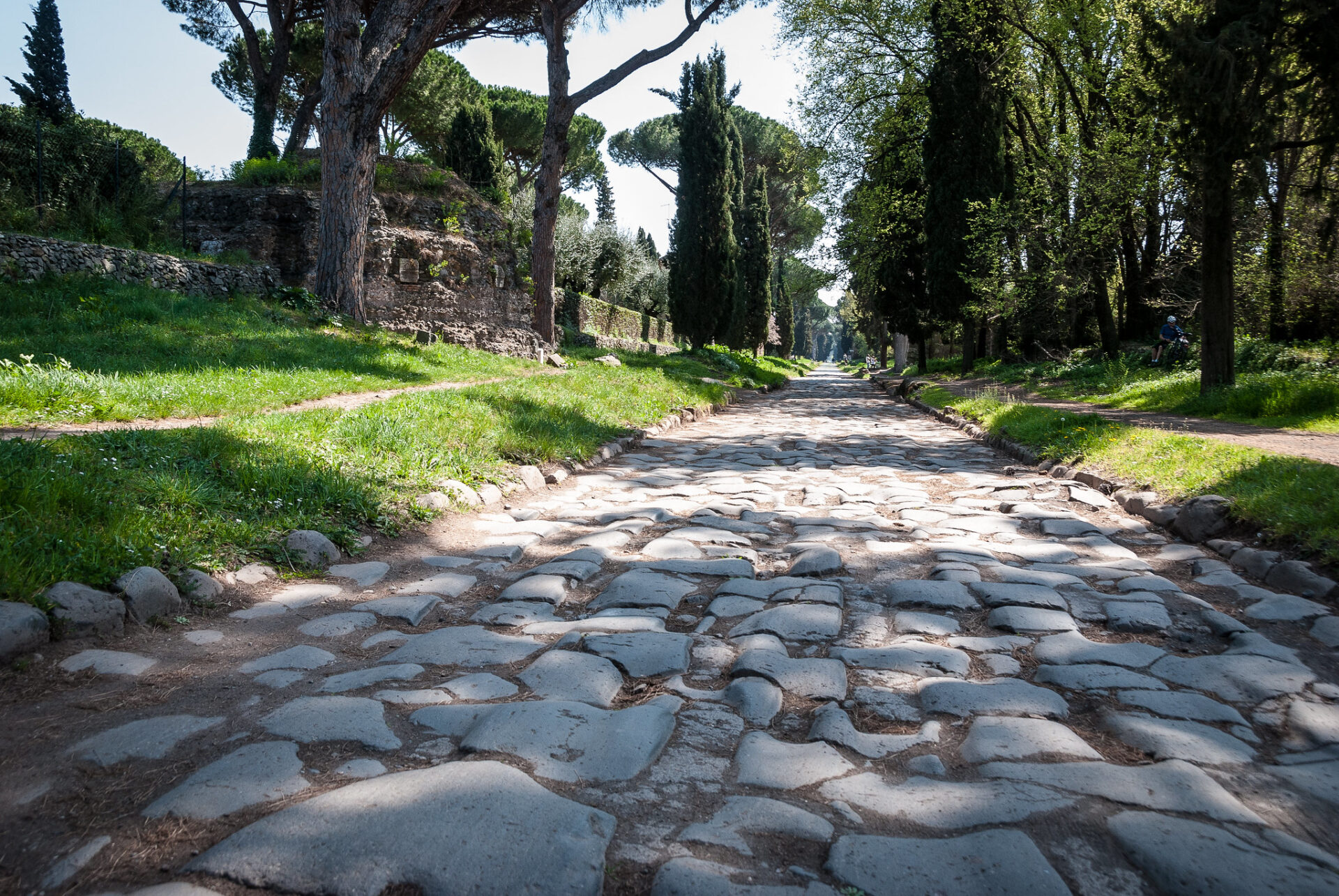
Image Source: Flickr
Roman theaters, bridges, and aqueducts dot the countryside. In Venosa, where the poet Horace was born, I lost hours wandering the archaeological park—there’s an amphitheater, old baths, and even residential ruins.
Romans also brought new farming techniques. Olive groves and vineyards they planted back then still produce today. Their impact on language, law, and architecture laid the foundation for everything that came after.
Historic Towns: Potenza, Cosenza, and Venosa
Potenza, Basilicata’s capital, sits high on a ridge. I loved getting lost in its medieval center, where Roman stones hold up newer buildings.
The National Archaeological Museum of Basilicata is a must for history buffs, with treasures spanning thousands of years.
Cosenza in Calabria drew me in with its 12th-century cathedral and massive Norman castle. The old town is a maze of narrow streets, and I stumbled into artisan workshops keeping ancient crafts alive.
Venosa, though, might be my favorite. It’s small but packed with history. The Archaeological Park features the “Incompiuta” (Unfinished Church), where you can see how Christian builders reused Roman ruins.
The Jewish catacombs in Venosa add another layer to the story. Local museums and festivals celebrate this multicultural past.
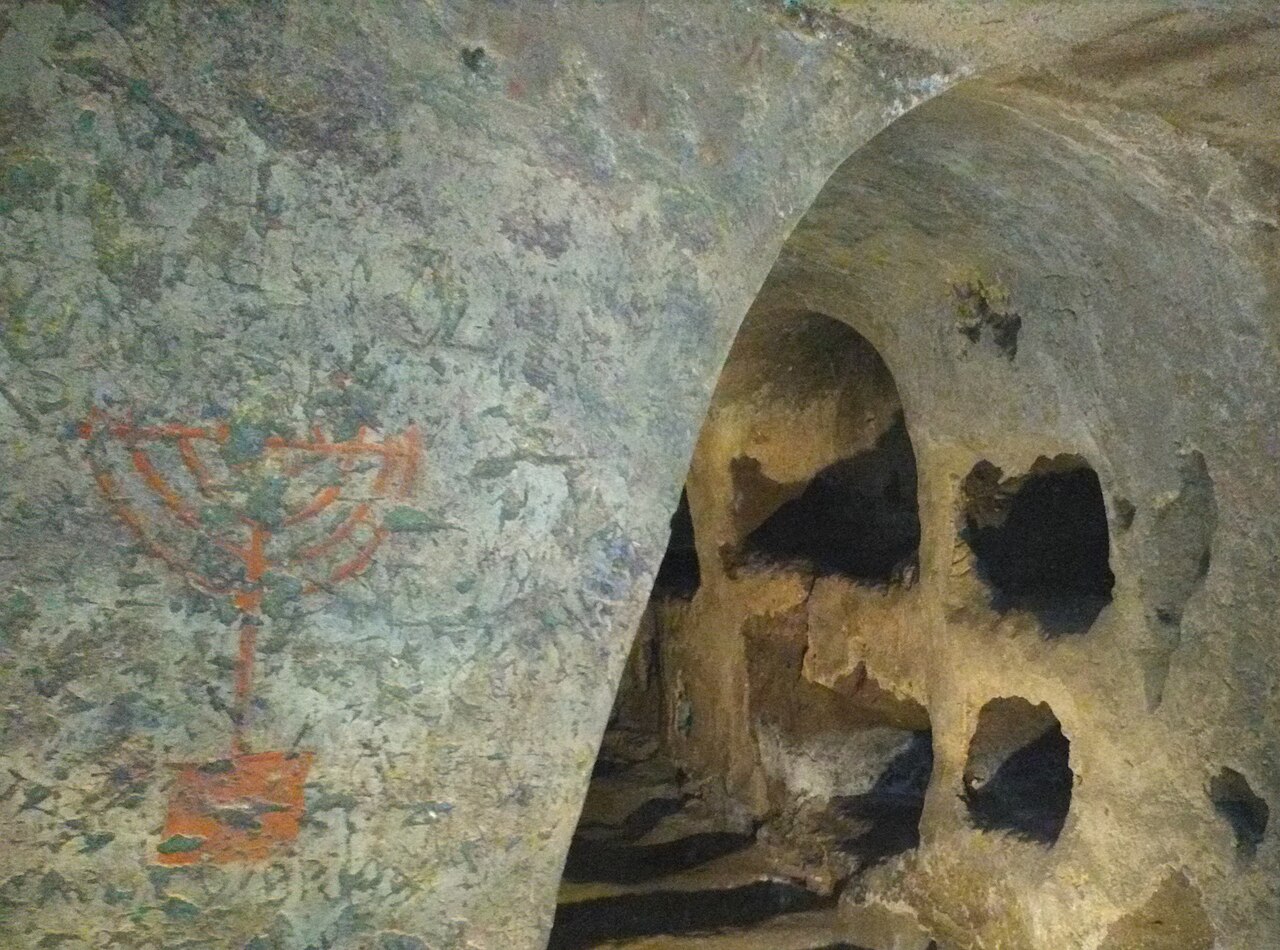
Image Source: Wikimedia Commons
Hidden Villages and Unique Borderland Experiences
Between Basilicata and Calabria, you’ll find some of Italy’s most charming villages and real-deal experiences. These out-of-the-way spots let you see traditional Italian life, far from the tourist crowds.
Maratea: Jewel on the Tyrrhenian
Maratea clings to Basilicata’s short but stunning coastline. Locals call it the “Pearl of the Tyrrhenian,” and I get why.
I counted 44 churches in the historic center—pretty wild for such a small town.
The Christ the Redeemer statue (Cristo Redentore) stands 21 meters tall on Mount San Biagio. When I climbed up, the view of the hidden coves and beaches below was unreal.
What I love about Maratea is how it mixes seaside vibes with mountain village charm. Twisting medieval streets wind between colorful houses, and I found tiny shops selling handmade ceramics and textiles.
Tortora: The Oldest Lucanian Settlement
Just over the border is Tortora, which may be the oldest inhabited spot in the whole Lucanian region. Archaeologists have found evidence going back to prehistoric times.
The village splits in two: Tortora Marina hugs the coast, while the historic center perches on the hillside. Both are worth a visit.
Up in the old town, I found Byzantine churches with surprisingly well-kept frescoes. The Paleochristian Baptistery stands as proof of the area’s early Christian roots.
Food here reflects the borderland’s mix. Try “zafarani cruschi” (crispy dried peppers) or “lagane e ceci” pasta with chickpeas—dishes that tell a story of centuries of cultural exchange.
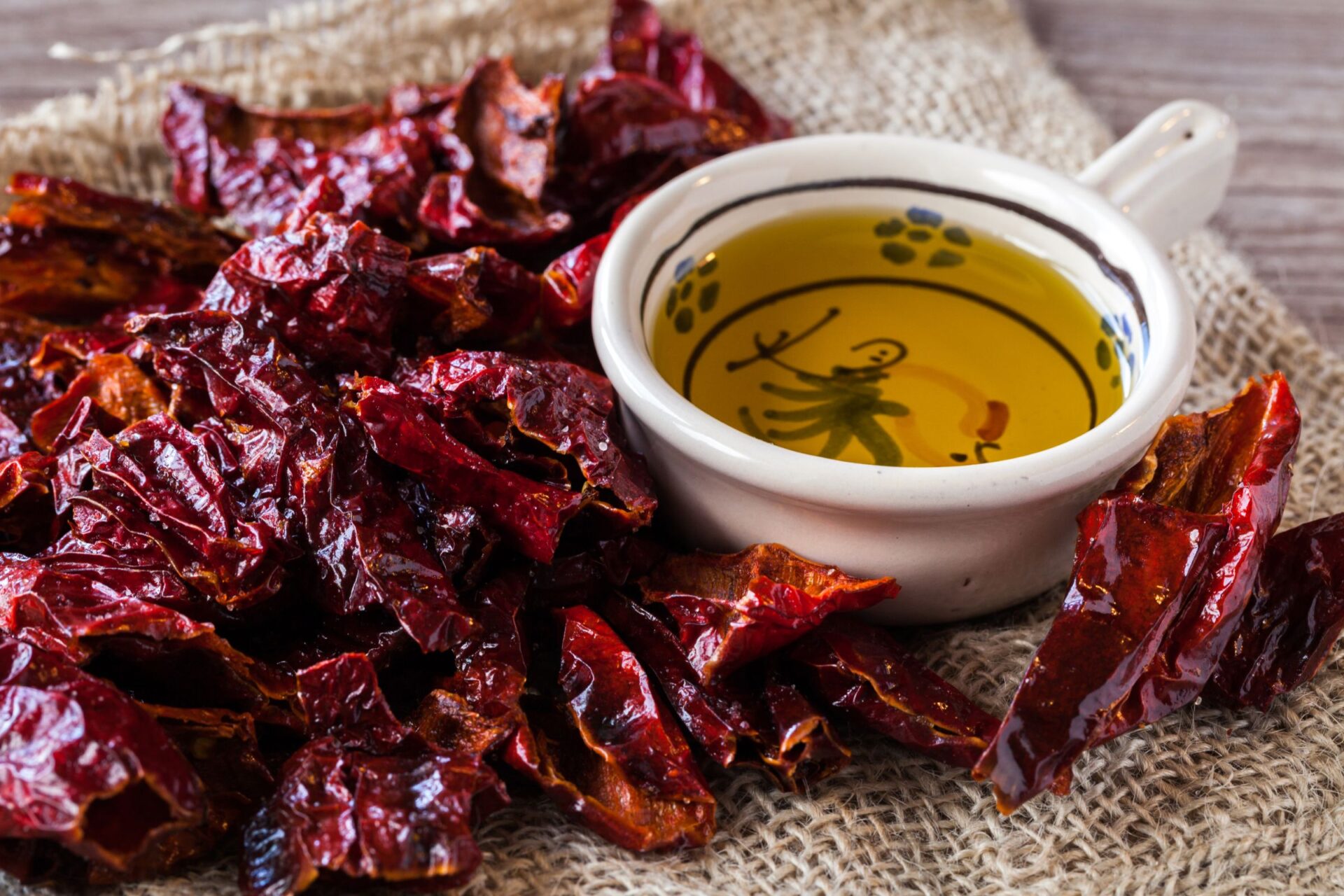
Outdoor Enthusiasts: Hiking, Rivers, and Olive Groves
If you love the outdoors, this region is a dream. I spent days hiking trails that link ancient villages through jaw-dropping scenery.
The Lao River Valley offers everything from easy walks to tough treks. In spring, the river’s clear water is perfect for rafting.
Olive groves blanket the hillsides. Some farmers invite visitors to taste olive oil or watch traditional harvesting. I even joined in one October harvest—those old techniques are still alive here.
Mountain biking is big, too. Trails range from beginner-friendly to seriously challenging. Local guides know all the best viewpoints, where you can see both Basilicata and Calabria in one sweep.
Exploring the Wider Region: Connections Across Southern Italy
Southern Italy’s regions blend into each other, creating a patchwork of culture, history, and landscapes that goes way beyond just Basilicata and Calabria.
From Campania to Puglia: Regional Influences
Heading east from Naples in Campania, I noticed how food and traditions start to shift at the borders. The Cilento area in Campania feels like a natural bridge into Basilicata’s western hills—similar food, same rustic feel.
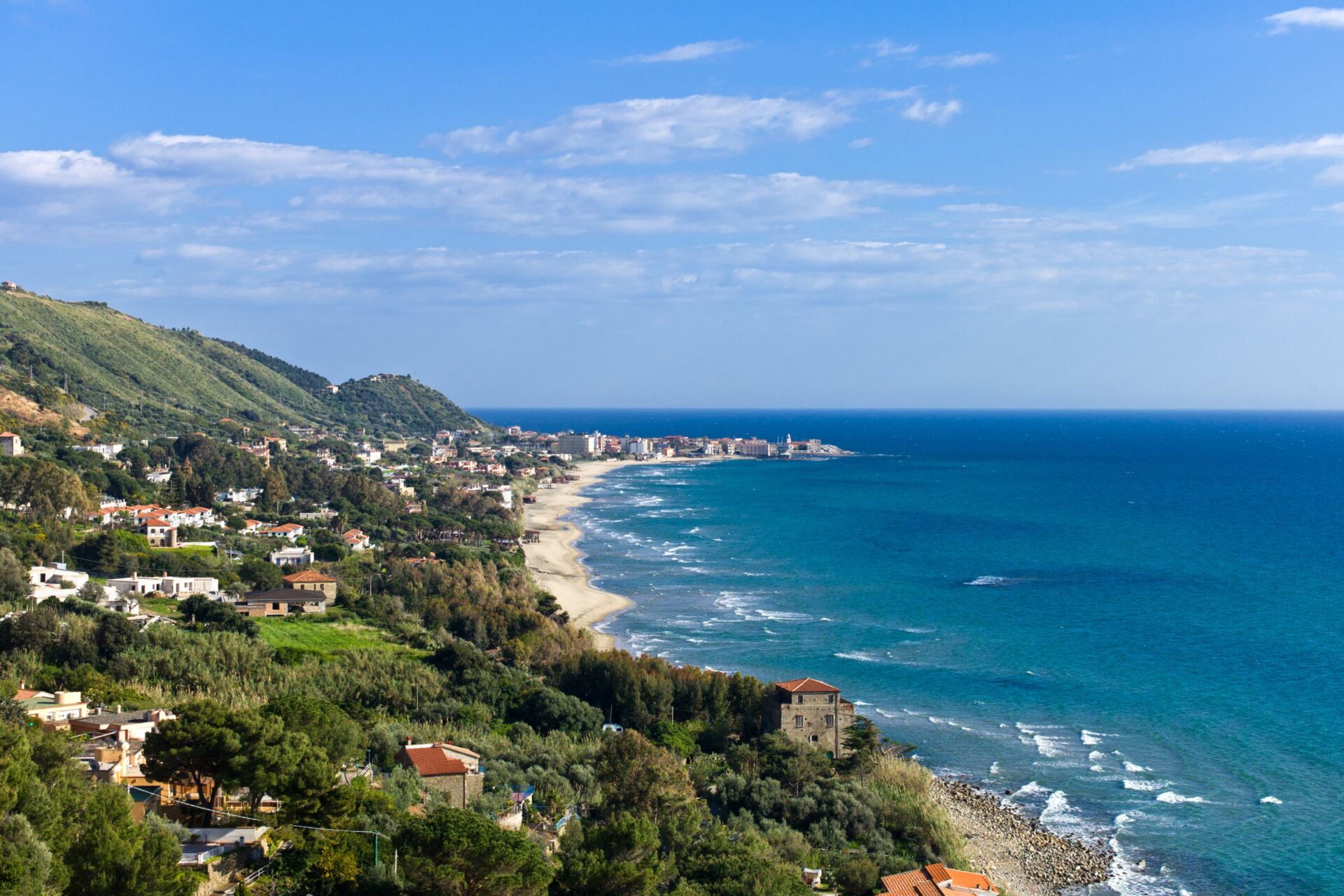
Ancient Greek influences pop up everywhere, especially in old buildings and even in the local dialects. In Salerno, I met families with relatives scattered across regional lines, keeping old connections alive.
Food tells its own story. As you move toward Puglia, tomato-heavy dishes fade and olive oil takes over. These subtle changes say a lot about trade routes and how people adapted to the land over time.
The Mezzogiorno Identity
When people say “Mezzogiorno,” they’re talking about all of southern Italy—a shared identity that goes beyond the usual regional lines. This southern character really comes from a mix of history:
- Greek and Norman invasions
- Spanish Bourbon rule
- Tough times for farmers
- Waves of emigration
- Ongoing economic struggles
I’ve noticed that folks in Basilicata, Calabria, and the areas nearby carry a deep, sometimes stubborn pride in being from the Mezzogiorno. Local festivals pop up everywhere, honoring the same saints or harvests, but each place adds its own flavor.
Life here moves at a different rhythm. People slow things down, putting family and community first, instead of chasing after modern trends.
Coastal Adventures: Adriatic to Tyrrhenian
Southern Italy sits between two seas, and that changes everything about the coastlines. When I traveled from the Adriatic beaches in Puglia to the Tyrrhenian side in western Calabria, I watched the scenery shift in surprising ways.
The Adriatic coast stretches out with sandy beaches and clear, shallow waters. Small fishing towns line the shore. Fishermen still head out every morning, hauling in sea bream and octopus.
Heading west through Basilicata, I stumbled onto the breathtaking beaches of Maratea. This spot on the Tyrrhenian Sea hides dramatic cliffs and secret coves, honestly just as stunning as Italy’s better-known coasts.
The seafaring traditions on each coast feel different. Eastern ports reached out to Greece and the Balkans, while western towns traded with Sicily and North Africa. You can still spot those influences in the buildings, food, and even the local dialects.
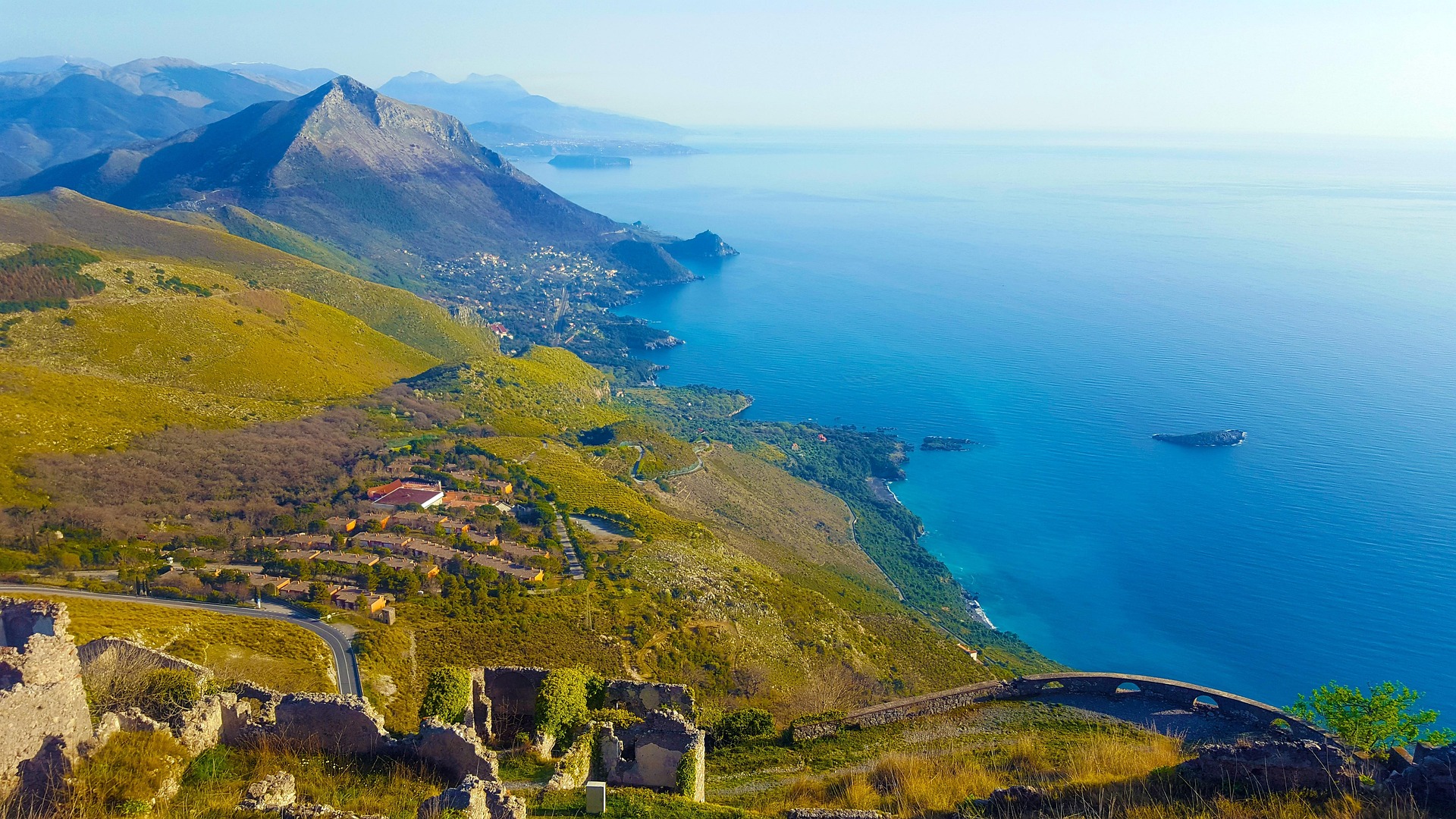
Practical Travel Tips and Responsible Tourism
If you want to explore the wild country where Basilicata meets Calabria, you’ll need to plan ahead and respect the land. These remote spots give you a taste of Italy that most tourists never see.
How to Reach the Basilicata-Calabria Border
Getting out here isn’t always easy, but honestly, that’s part of the adventure. Renting a car in Naples or Bari works best, since buses and trains barely reach these mountain towns.
I drove south from Naples on the A3 highway, and it took about three hours to reach the border. You could try a regional train to Metaponto or Policoro in Basilicata, then hop a local bus, but schedules can be unpredictable.
Unlike Tuscany or Lazio, the public transport here just isn’t great. Download offline maps and have a backup plan, just in case.
If you’re not up for driving twisty mountain roads, some tour companies in the area run day trips out to the border wilderness.
When to Visit and What to Pack
Spring (April to June) and early fall (September through October) bring the best hiking weather. The temperatures stay comfortable, and you won’t have to deal with big crowds.
I went in May and lucked out—wildflowers everywhere, and the air hovered around 70°F (21°C). Summer gets blazing hot, and winter snows can block off the higher trails.
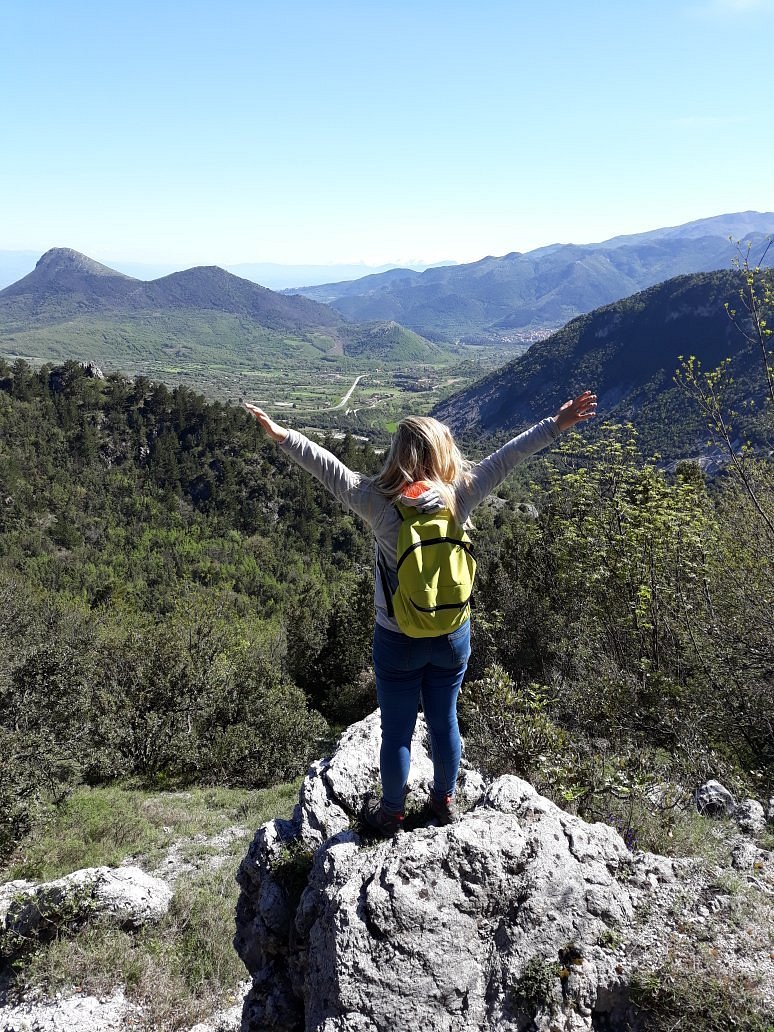
Essential Packing List:
- Solid hiking boots
- Layers for unpredictable weather
- Sunscreen and a hat
- Bug spray
- A refillable water bottle
- Basic first aid kit
- Paper maps (cell service drops out often)
Services here don’t compare to places like Sicily or Sardinia. If you need special meds or gear, pack them before you go.
Sustainable Travel Practices in Wilderness Areas
These pristine border regions have stayed unspoiled, mostly because mass tourism hasn’t really found its way here yet. Let’s try to keep it that way.
When I visit, I stick to the “leave no trace” principles. I pack out my trash, walk only on marked trails, and leave wildlife and plants alone.
The Mediterranean ecosystem around here feels so fragile. Rare species live here, and you won’t find them anywhere else.
I like to support the local economies too. I stop at small village markets in places like Rotonda or Lauria and grab local products straight from the producers.
If you want to do more, you could join conservation efforts. Pollino National Park sometimes asks for volunteers to help with trail maintenance or wildlife monitoring.
Water conservation matters a lot, especially in the summer. Basilicata and Calabria often face droughts that hit both tourism and local farmers.

